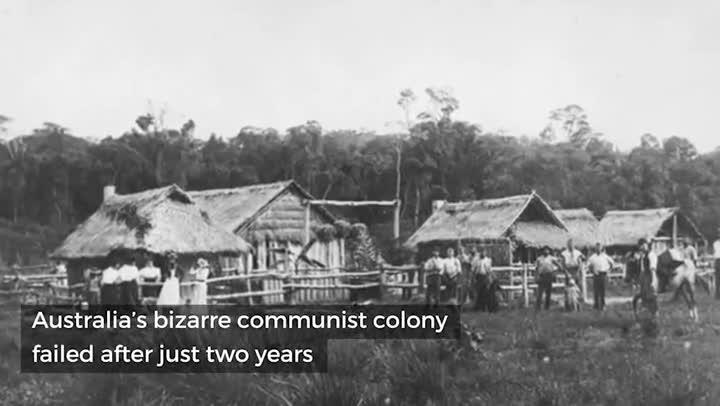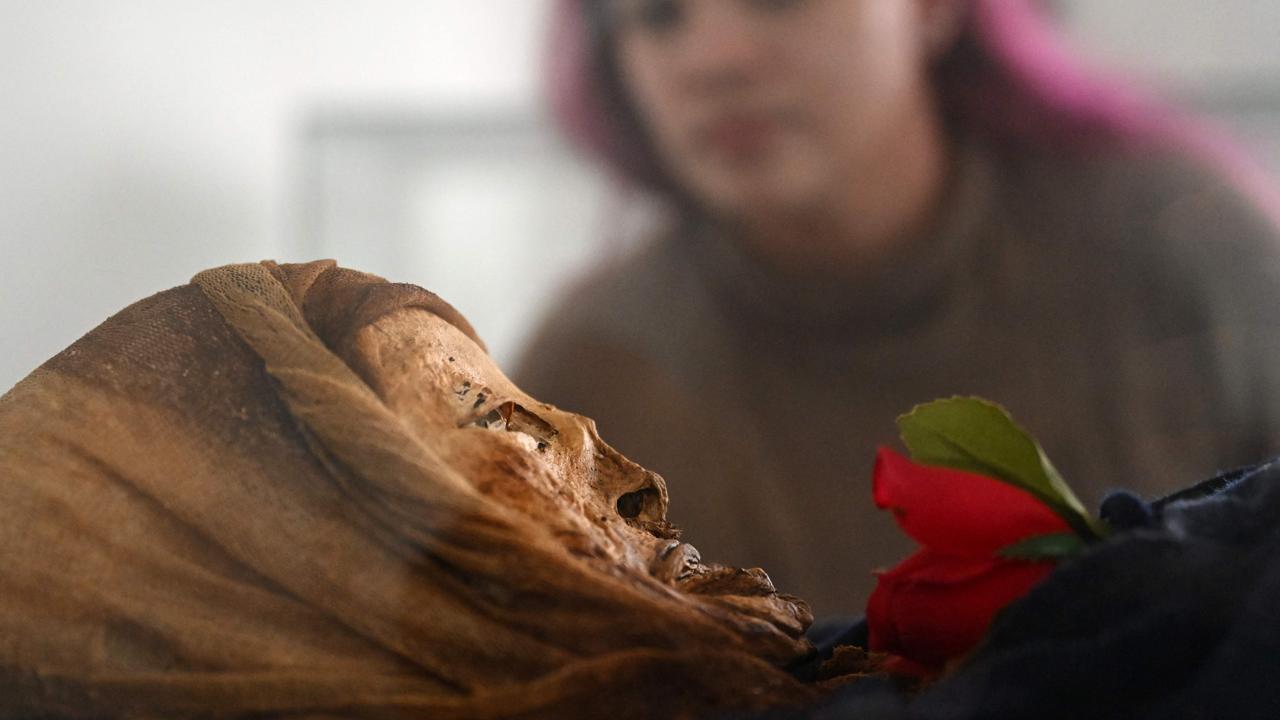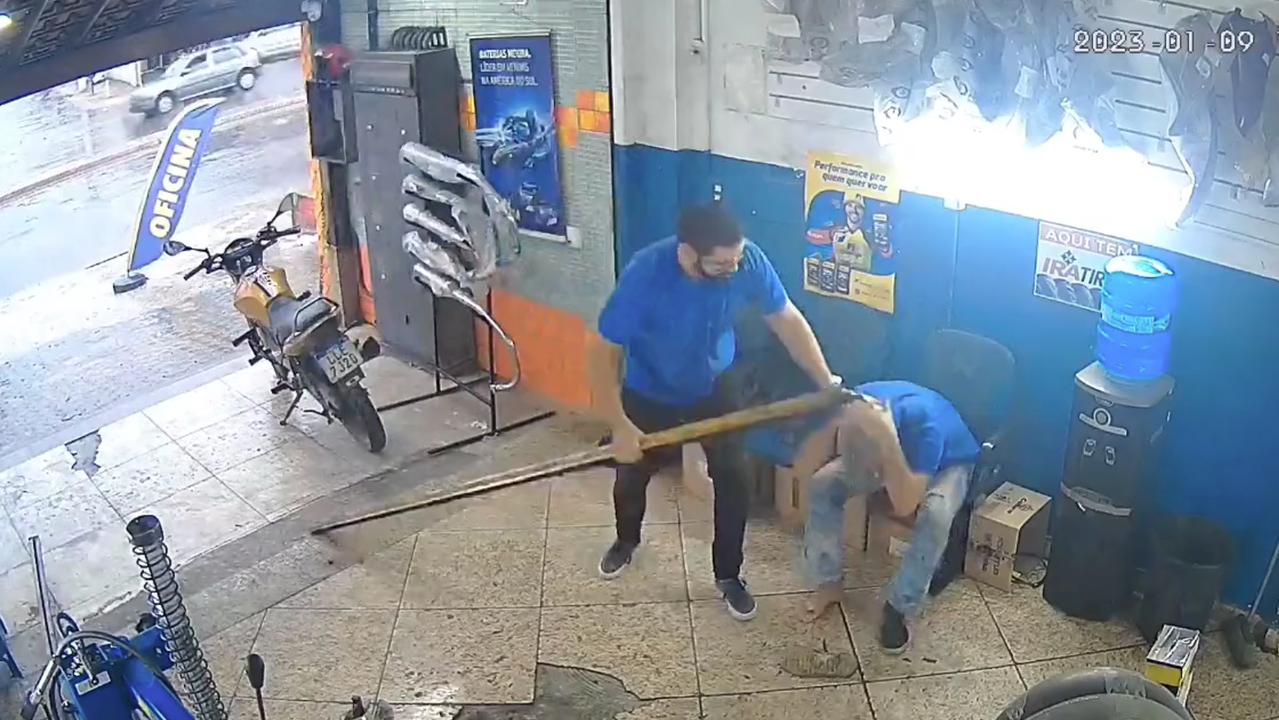Australia’s bizarre socialist colony in Paraguay
THEY left to create utopia, a place where no-one drank, no-one cheated and all were equal. It took less than two years to fall apart.

THEY have names like Murray, Wood, Casey and Burke. Some have red hair and blue eyes, and a few know the national anthem, but they’re not Australian.
They’re the descendants of disgruntled bushmen, shearers and unionists, who left the sunburnt country to create a socialist colony in South America in 1893. New Australia was supposed to be utopia — a place where no-one drank, no-one cheated, and all men were equal — but it took less than two years to fall to pieces. “They’re not 100 per cent Paraguayan, and they're certainly not recognised by Australia any more,” Dr Ben Stubbs told news.com.au. “There’s an impression that they’re stuck.” AN UNEXPECTED LEADER Their leader was a charismatic Englishman with a drooping moustache called William Lane, who thought outside the box and liked to press buttons. He grew up with an alcoholic father, and even though he was a teetotaller, he once famously posed as a drunk to get thrown into a jail — writing a newspaper report that caused national controversy. Lane was infatuated with socialist ideals, and when he sailed to Australia in 1885, he became heavily involved in the formation of the Australian Labor Federation. According to biographer Gavin Souter, he came up with the radical idea for a socialist settlement during the Queensland shearers’ strike of 1891. The protests were swiftly crushed by government soldiers, and Lane decided there could be no real change without a complete restructure of society. His radical notion split the Labor Federation. The majority went on to form the modern Australian Labor Party, currently led by Bill Shorten. Lane and his followers set sail for Paraguay. THE SOCIALIST DREAM The promised land was 187,000 hectares in the jungle, and the first contingent arrived on a tall ship called Royal Tar in 1893. At the time, Paraguay was trying to rebuild itself after the Triple Alliance War — which saw nearly all its men wiped out by the armies of Brazil, Argentina and Uruguay — and the government offered the Australians a parcel of free land in a desperate bid to repopulate. The colonists quickly set about clearing jungle, buying cattle, and establishing a township, but it didn’t take long for them to tire of Lane’s strict rules. “He ordered his men to have nothing to do with native women and forbade them drowning their sorrows in alcohol,” journalist Eric Campbell said in a 2006 Foreign Correspondent report. According to Gavin Souter, Lane showed absolutely no compromise. “He was autocratic, and under pressure his simplistic communism and mateship developed a non-denominational but distinctly religious tinge.” WHEN UTOPIA FELL TO PIECES Within months, there was trouble in paradise. “What were they supposed to do? Now you dump a bunch of Scots, Irishmen, [and] Australians in the land of the sugar cane,” descendant Robin Wood told the ABC. “Christ, I bet that they didn’t take off their shoes and they were already making moonshine.” Much to Lane’s horror, the men were also extremely interested in the local women, and by the time the second contingent arrived in 1894, the colony was breaking apart. They were barely self-sufficient. A number of settlers left to seek a better standard of living, others were expelled for breaches of conduct. Eventually, Lane and a group of about 60 loyal followers left to start a fresh settlement called Cosme, which had considerably more success. However, by 1899, he’d had enough. He sailed to New Zealand, found a job at a newspaper, and denounced socialism. “The radical of the 1890s had become a conservative Imperialist,” wrote Gavin Souter. “He denounced industrial lawlessness, advocated the introduction of universal military training, and when war came showed himself a master of patriotic rhetoric.” MEET THE NEW AUSTRALIANS “You must call it more than a cooperative, it was purely communistic,” said Dame Mary Gilmore, the famous poet who appears on Australia’s $10 note. She lived in New Australia until 1899, and spoke about her experience in a 1959 television interview. “I wouldn’t say it was a success, but I certainly don’t say it was a failure,” she said. Over time, most of the New Australians moved to Paraguay’s capital, Asuncion. “We still call Australia home,” Roddy Wood cheerfully told the ABC in 2006. “I would love to get to know my family down there, everything — the culture that I have learnt since I was born,” agreed his daughter, Melody. But it’s a different story for those still living in the original settlements. The villages are extremely remote. Getting there requires a three hour bus trip from the city, followed by another hour bumping up a rugged dirt track into the jungle. Dr Ben Stubbs spent about six months living with them over the course of three visits, and said the villagers initially treated him with suspicion. ���It’s not modern, it’s a small rural Paraguayan community,” he told news.com.au. He says Cosme’s school has an Australian flag, and you can even find the original cricket pitch if you know what to look for, but a lot of them don’t know their history. “From my perspective it’s a pretty melancholy sort of experience,” he said. “It’s not the New Australia it once was. The longer it’s left, the longer the links are.”




